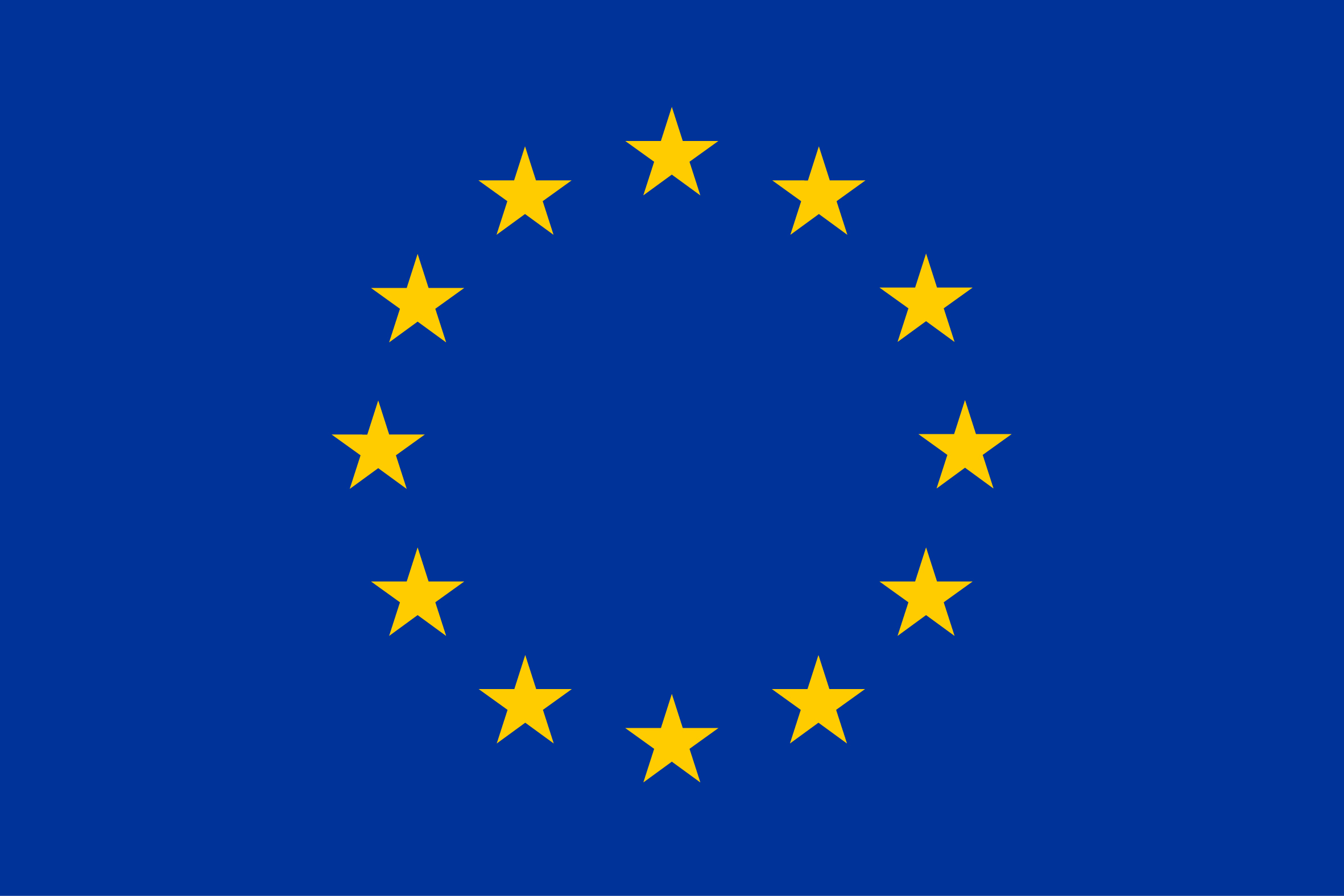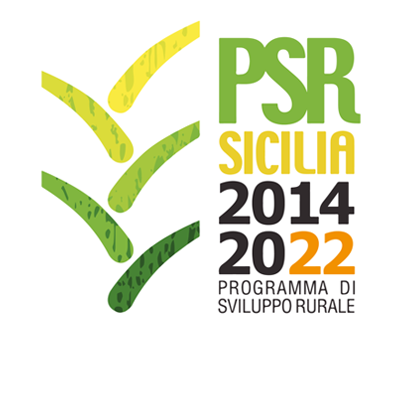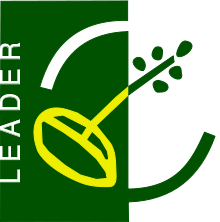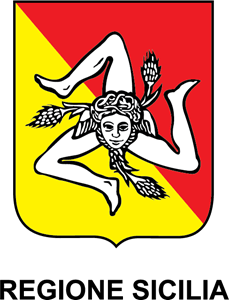Galloway
Country
Specie
ISO3
AUT
Language
eng.
Transboundary name
Galloway
Breed classification (adaptedness)
Exotic
Breed classification (geographic)
International
Efabis environmental role
suited for extensive pasturing systems
Efabis adaptability to marginal land
adapted to wet and cold climate
Color comments
solid coloured, animals with a white belt occur (Belted Galloway)
Efabis main colour
black to light brown
Efabis skin colour
dark
Number of horns males
0
Number of horns females
0
Horn shape size and comments
polled
Wither height males
137
Wither height females
124
Weight males
750.00
Weight females
470.00
Herdbook
y
Domestication status
domestic
Taxonomic classification
Breed
Description of origin
originally a scottish breed, now internaitonal breed
Import
100% imported from Canada, Germany
Location within country
country-wide
Local cryo conservation status
No Material
Local Risk
At Risk
Detailed local risk status
Critical
International Transboundary Risk detailed
Not at Risk
Ennstaler Bergscheck
Country
Specie
ISO3
AUT
Language
ger.
Description
The German name means
Transboundary name
pied mountain cattle from the region of the river Enns
Other name
(Upper Styria)
Breed classification (geographic)
Ennstaler Bergscheck, Ennstaler Schecken, Helmete, Kampete, Kampete, Mountain Spotted, from German Kummet = collar, Enns
Additional information
Native
Additional information comments
Local
Efabis cultural value
1997 no purebreed animals of the breed were alive. The crosses are selected for type and colour re-establishing the old type of cattle.
Body conformation
official cattle of the Naturpark Grebenzen, Styria
Coat description
very well adapted to steep and poor mountain pastures.
Efabis skin colour
pied with red spots on white; head, tail and feet are always white, occasionally white neck and shoulders; red spots are dissolving into speckles.
Number of horns males
0
Number of horns females
0
Horn shape size and comments
2
Wither height males
2
Wither height females
short wax-coloured horns, curved forward and upward
Weight males
125.00
Weight females
120.00
Other specific visible traits
700
Herdbook
500
Herdbook established
lightly built cattle, lively temperament
Domestication status
y
Taxonomic classification
1997
Description of origin
domestic
Year of origin
0
Import
local breed improved since 1900 by Pinzgauer and Simmental and finally absorbed by Austrian Simmental circa 1950, the crosses were called
Location within country
Alpenfleckvieh
Local Risk
1850
Detailed local risk status
no imports
Regional Transboundary Risk (detailed)
Styria
International Transboundary Risk detailed
Sufficient
Charolais
Country
Specie
ISO3
AUT
Language
fr.
Transboundary name
Charolais
Other name
Danube
Breed classification (adaptedness)
Exotic
Breed classification (geographic)
International
Additional information
Intensive beef breed
Adaptability to specific environment
well suited for pasturing
Color comments
Muzzle lightly pigmented, horns and claws waxen.
Efabis main colour
Light yellow to creamy white
Efabis skin colour
Flesh coloured
Number of horns males
2
Number of horns females
2
Wither height males
145
Wither height females
135
Weight males
1200.00
Weight females
800.00
Other specific visible traits
Big framed, very well muscled cattle
Herdbook
y
Domestication status
domestic
Taxonomic classification
Breed
Description of origin
French breed
Year of origin
1980
Import
imported 100% from France
Location within country
All over the country
Local cryo conservation status
Not Sufficient
Local Risk
At Risk
Detailed local risk status
Endangered
International Transboundary Risk detailed
Not at Risk
Blonde d´Aquitaine
Country
Specie
ISO3
AUT
Language
fr.
Transboundary name
Blonde D’aquitaine
Breed classification (adaptedness)
Exotic
Breed classification (geographic)
International
Local cryo conservation status
Not Sufficient
Local Risk
At Risk
Detailed local risk status
Endangered
International Transboundary Risk detailed
Not at Risk
Zackelschaf
Country
Specie
ISO3
AUT
Year
2019
Trend
increasing
Population min
1091
Population max
1500
Population figured based on
census at breed level
Breeding male
189
Breeding female
902
Females registered in herdbooks
597
Females bred pure
100
Herds
61
Herds size (avg)
18
AI used
no
Male in AI
0
In situ conservation programmes in place
yes
Reliability
very reliable
Geographical classification
Regional
Zackelschaf
Country
Specie
ISO3
AUT
Year
2018
Trend
increasing
Population min
848
Population max
1000
Population figured based on
census at breed level
Breeding male
57
Breeding female
791
Females registered in herdbooks
526
Females bred pure
100
Herds
57
Herds size (avg)
15
AI used
no
Male in AI
0
In situ conservation programmes in place
yes
Reliability
very reliable
Geographical classification
Regional
Zackelschaf
Country
Specie
ISO3
AUT
Year
2017
Trend
increasing
Population min
760
Population max
1000
Population figured based on
census at breed level
Breeding male
46
Breeding female
714
Females registered in herdbooks
442
Females bred pure
100
Herds
57
Herds size (avg)
13
AI used
no
Male in AI
0
In situ conservation programmes in place
yes
Reliability
very reliable
Geographical classification
Regional
Weißes Alpenschaf
Country
Specie
ISO3
AUT
Year
2019
Trend
decreasing
Population min
53
Population max
100
Population figured based on
census at breed level
Breeding male
12
Breeding female
41
Females registered in herdbooks
28
Females bred pure
100
Herds
7
Herds size (avg)
8
AI used
no
Male in AI
0
In situ conservation programmes in place
no
Reliability
very reliable
Geographical classification
Local
Weißes Alpenschaf
Country
Specie
ISO3
AUT
Year
2018
Trend
decreasing
Population min
71
Population max
150
Population figured based on
census at breed level
Breeding male
7
Breeding female
64
Females registered in herdbooks
38
Females bred pure
100
Herds
7
Herds size (avg)
10
AI used
no
Male in AI
0
In situ conservation programmes in place
no
Reliability
very reliable
Geographical classification
Local




